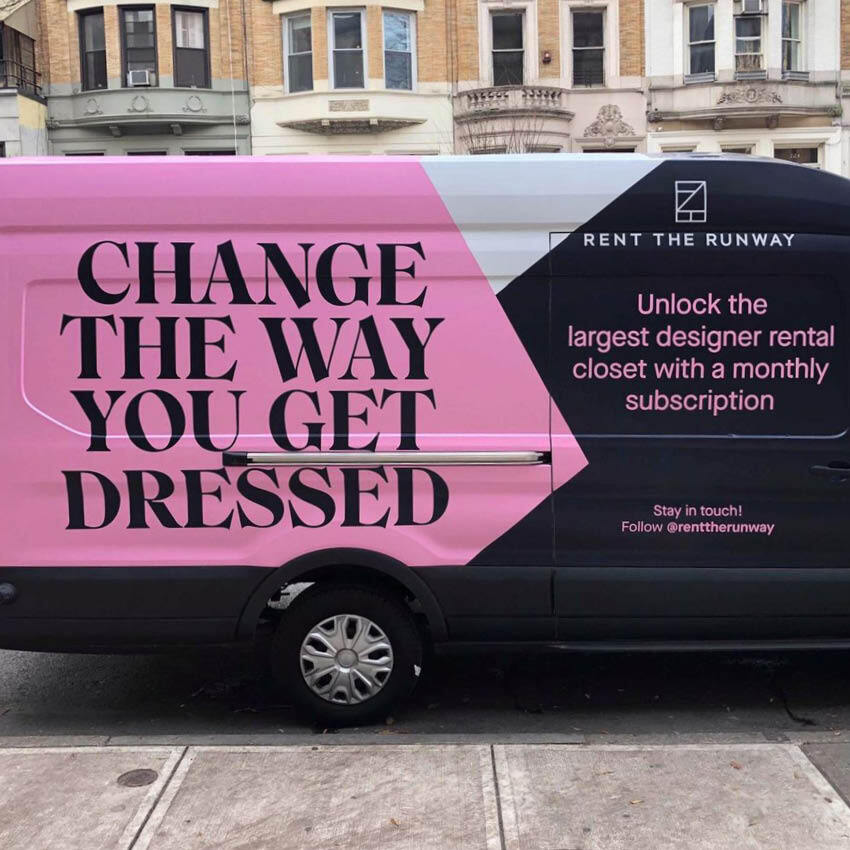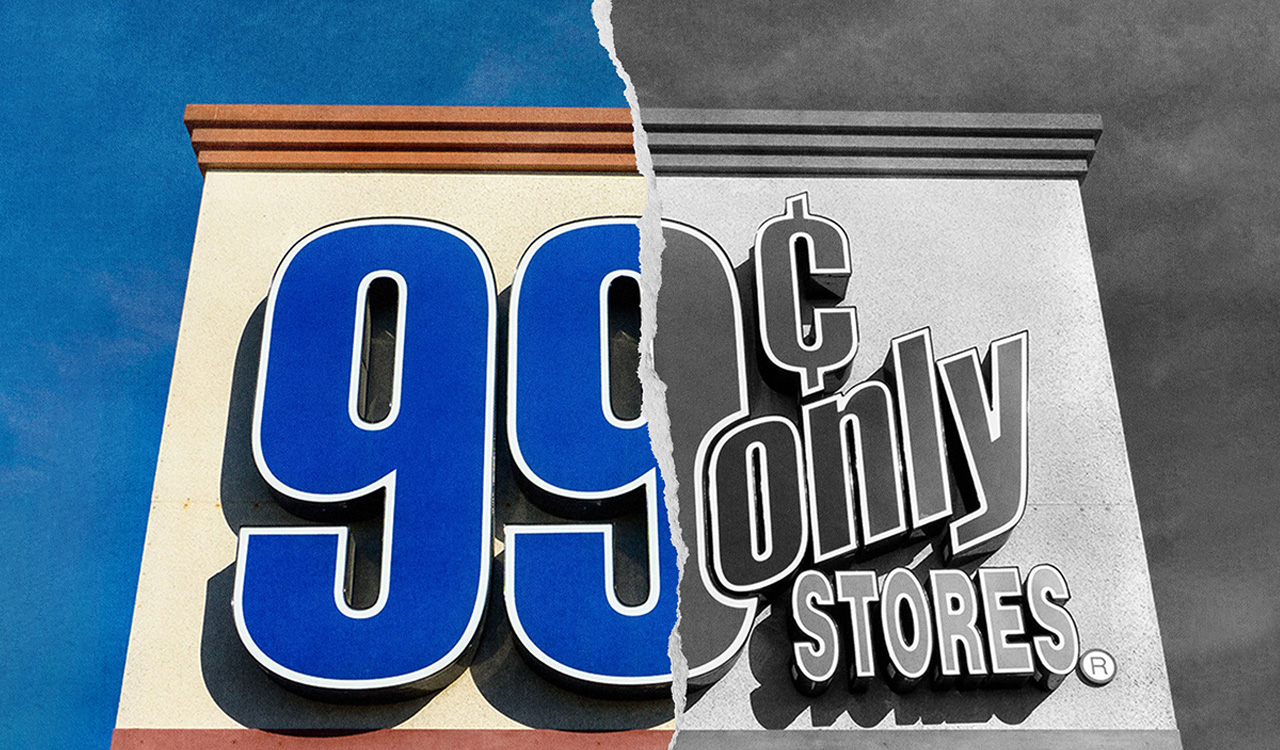“Designer rentals starting at $30,” Rent the Runway’s website proclaims. A quick scan of the site shows free rental coverage, free dry cleaning… what’s a customer not to love? But the fizzling response to Rent the Runway’s IPO and recent sales snafus speak of a different company trajectory. Where did the home delivery apparel rental megalith –– that dared to do what so many start-up founders only talked about –– go wrong?
The answer to that question is more complex than it would appear at first glance. Let’s take a look at how RTR grew from a pop-up shop on the Harvard campus, to the international apparel rental juggernaut we’re familiar with today.
[callout]Rent the Runway has toed the same line that many other successful brands –– Coach, Michael Kors, Vera Wang, etc. –– walk at some point. That’s the line between making products accessible to a wider customer base and taking the whole brand down market by cheapening its value proposition.[/callout]
A Little History on RTR
Rent the Runway was cofounded in 2009. Its brand name apparel rental service was uniquely catered to the shifting retail paradigm of the time –– offering consumers brand new clothes to wear when posting photos on social media. The business model created no apparel waste and saved customers money on brand name items. Rent the Runway gave customers access to hot ticket brands with over 750 top brands in rotation, such as Prabal Gurung, Oscar de la Renta, Reformation, Tory Burch, Kate Spade, Jason Wu, Giambattista Valli, and Derek Lam.
Rent the Runway was one of the first platforms to act on sustainability as a brand value. Rent the Runway offered customers options: They can’t afford to purchase brand name goods; they want to try before they buy; they want curated wardrobe selections to shake up their fashion game; and/or they’re going through weight loss/gain and just looking for pieces to ease the transition. RTR was an economical answer to their prayers.
Rent the Runway came onto the scene right as the resale market began to boom. The resale market more than tripled between 2012 and 2021, jumping from 11 billion in 2012 to 36 billion in 2021. For comparison, a similar platform geared towards luxury resale, the Real Real, had a 90 percent sell through rate in 2020. But Rent the Runway’s success didn’t spike in the same way during the pandemic.
The Rise and Fall of RTR Unlimited
Rent the Runway debuts new collections each season to create the same excitement of shopping with a traditional retailer, without the hefty price tag. It’s easy to see the appeal. However, panic about spreading coronavirus caused a dip in fashion rentals last year, with more people opting not to order clothing –– particularly used clothing –– for fear of contracting the virus. As a result, Rent the Runway’s subscriber activity was down nearly two-thirds during Covid.
In 2020, a whopping 75 percent of Rent the Runway’s subscribers canceled or paused their accounts. When RTR first announced that Rent the Runway Unlimited Swap Plan –– a service that allowed subscribers unlimited designer clothing swaps for $159 a month–– was coming to an end, it seemed like the company was scaling back in response to business lost due to the virus. However, it quickly became clear that was not the case when the company released data that a mere 4 percent of Unlimited users were actually swapping their apparel items more than 16 times a month. Most subscribers were paying for rentals they weren’t using.
So RTR devised a new subscription plan to make apparel rentals more affordable for their average customer. Starting at $89, Rent the Runway’s new pricing plan allows subscribers to choose the rental option that suits their wardrobe needs, between four and 16 rentals a month. Rent the Runway is seeing a boom in customer loyalty since evolving its subscription model. Jennifer Hyman, co-founder and CEO of RTR, explains, “The programs have a broader diversity of price point, and we’re attracting a higher diversity household income to Rent the Runway.”
Is RTR at Risk of Going Down Market?
Rent the Runway has toed the same line that many other successful brands –– Coach, Michael Kors, Vera Wang, etc. –– walk at some point. (Yes, I’m calling Rent the Runway itself a brand, as it’s a household name.) That’s the line between making products accessible to a wider customer base and taking the whole brand down market by cheapening its value proposition.
Resale products from Rent the Runway are now available for purchase for anyone –– including nonsubscribers. One of the questions that arises is whether the quality or clout of the brands will begin to trickle off as the company focuses on acquiring clothing with a high resale value as part of its sales strategy with the new, more accessible sales model. Customers have already complained that the quality of the clothes went down market since the brand’s inception. Customers have cited worn out clothing and poor customer service as some of their qualms with the brand. (However, RTR’s website says every clothing item is subject to rigorous quality inspections and alterations.) High prices were another point of contention, but the brand has already remedied that issue by altering its subscription model.
And it’s working. Subscriptions are back up to about 60 percent of pre Covid numbers. To make RTR’s speedy recovery even more impressive, the company paused all paid advertising in 2022. So, Rent the Runway’s growth was completely driven by word of mouth. While the brand has yet to address the “worn out clothing” issue with quality checks, it works with the clothing resale platform ThredUp to resell and recycle used clothing that’s worn out by subscribers. How the company will choose between items to resell on its website and items to send to ThredUp, however, remains uncertain.
What Does the Future Hold?
Covid showed retailers the power of creating leaner, more streamlined product offerings. Rent the Runway has made major strategic shifts since 2019 –– offering a subscription service with less frequent, more affordable shipments. To prevent going down market by selling worn out apparel, the brand should enable customer feedback about the product quality of shipments. The company could also work with luxury fashion influencers to maintain its elevated image. Because, in the current retail climate, brands need to work harder than ever before to create and keep a reputation for quality.




